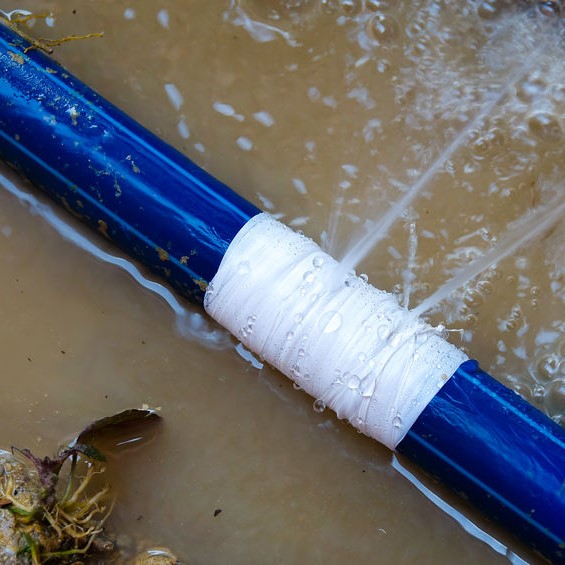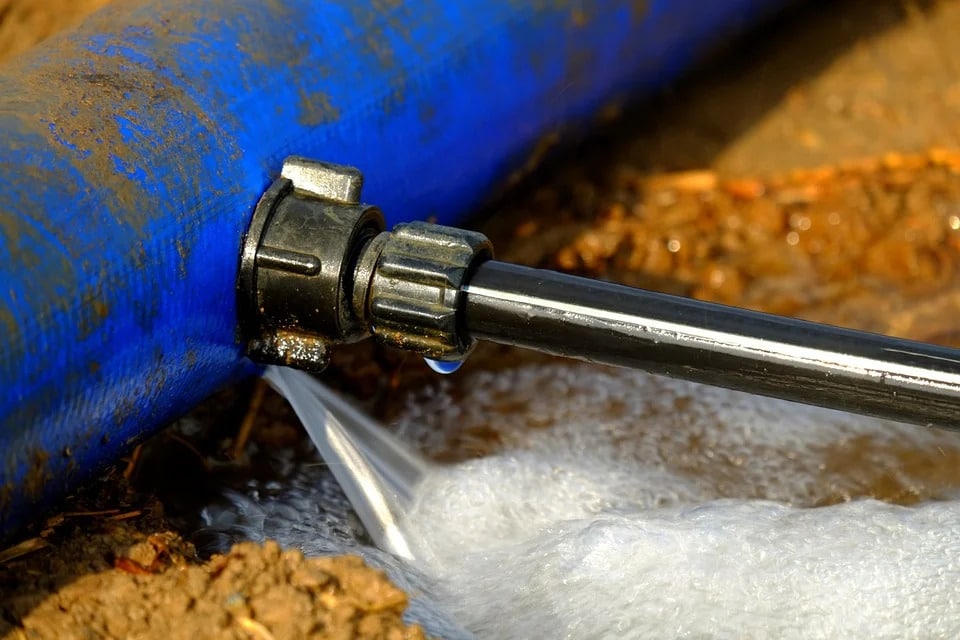Every person will have their personal concepts in relation to What to Know Before Installing a Dishwasher.

A burst pipeline is a major emergency; you can just stand as you watch water you pay a lot to reunite with the planet. In even worse cases, you observe a pool on your kitchen area floor, which is an excellent trip danger, especially if you have kids around. If the pipe that ruptured remained in your walls, trouble: you may need to paint that entire area.
Just how can a catastrophe like a burst pipe be protected against and handled? Well, by paying attention to your professional emergency plumbing professionals and complying with these rules.
Exactly how do I recognize when my pipes have burst?
Changing water stress
Pipes do not just burst in a day. You might have seen that your kitchen area faucet or shower doesn't run right away when you transform the tap. It may pause for a few secs and afterwards blast you with more force than normal.
In various other instances, the water may seem typical in the beginning, after that drop in pressure after a couple of secs.
Damp wall surfaces and water stains
Before a pipe bursts, it will certainly leakage, many times. If this relentless dripping goes undetected, the leakage might graduate into a broad tear in your pipeline. One easy way to avoid this emergency is to keep an eye out for wet walls advertisement water stains. These water discolorations will lead you right to the leakage.
Puddles under pipelines and sinks
When a pipeline bursts, the outflow forms a puddle. It may appear that the puddle is expanding in size, as well as no matter the number of times you mop the pool, in a few minutes, there's another one waiting to be cleaned up. Commonly, you might not have the ability to map the pool to any type of noticeable pipelines. This is an indicator to call a specialist plumber.
Untraceable trickling sounds
Pipe bursts can happen in the most undesirable places, like within concrete, inside walls, or under sinks. When the house goes quiet, you might have the ability to listen to an aggravatingly persistent leaking sound. Also after you've examined your shower head and also kitchen tap, the leaking might proceed.
Dear visitor, the dripping might be originating from a pipe inside your walls. There isn't much you can do concerning that, other than tell an expert plumber.
Shut down the Water
When water ices up, it broadens in volume by about 9 percent. And also it broadens with remarkable force: The stress inside pipes might go from 40 extra pounds per square inch to 40,000 psi! No pipeline can hold that much pressure, so it breaks open. The break might occur where the ice kinds, however more frequently, it occurs where water stress finds a weak point in the pipe. That might be inches or perhaps feet from the icy area. Locate the water shutoff valve as well as turn off the water to stop more damages. You could likewise need to shut down the electrical energy also, depending upon where the leaks takes place as well as just how large it is.
Infected water
Lots of people assume a ruptured pipeline is a one-way outlet. Quite the contrary. As water drains of the hole or gash in your plumbing system, impurities find their way in.
Your water might be infected from the source, so if you can, check if your water storage tank has any problems. Nevertheless, if your alcohol consumption water is supplied and also purified by the local government, you should call your plumber instantly if you see or scent anything amusing in your water.
What do I do when I spot a burst pipeline?
Your water meter will certainly continue to run even while your water wastes. To lessen your losses, find the major controls as well as transform the supply off. The water mains are an above-ground framework beside your residential property.
How to Fix & Detect a Leaking Pipe
How Do I Know if a Pipe is Leaking?
Leak detection tests can help you determine if your pipe has a leak. Even if you don’t see an apparent leak, you should still conduct leak detection tests regularly to save water and money—and prevent major damage to your home.
- Water meter. It can be helpful to figure out what your usual water meter usage numbers are and then monitor them regularly. To monitor your meter, first, turn off all water faucets in your home. Check the meter and write down the numbers. In a few hours, check the meter again. If the numbers have changed, you have a leak.
- Water gauge. Use a water gauge to test your water pressure. Your showerhead should produce a certain amount of water pressure based on its model and design. If the pressure is lower than it is supposed to be for that specific showerhead, your home likely has a leak.
- Puddles. Look inside your bathroom, laundry, and kitchen sink cabinets. Puddles around the cabinets or around toilets, tubs, showers, and washing machines indicate the presence of a leaking pipe. You may also notice loose tiles, peeling or flaking paint, or mold caused by water accumulation.
- Napkin test. Even if you don’t see any puddles, you may still have a leak. You can test for water leaks in the bathroom, laundry, and kitchen by wiping below-sink connections with a napkin, paper towel, or piece of toilet paper. If it becomes damp, you probably have a leaking pipe under the sink.
- Discolored walls. Walls that are discolored—usually with brown or yellow stains—or bulging might mean that they have been impacted by water damage caused by a leaking pipe.
- Smell. A leaky pipe will create sitting water, and over time, that water may develop a musty smell. If your home smells musty, but you can’t locate the source, it may be due to a leak.
Steps for Fixing a Leaking Pipe
- A leaky drain can be remedied by tightening the pipe base, replacing the drain seal, caulking the rim, and tightening the pipe nut.
- Similarly, a leaking toilet pipe can be treated by tightening the packing nut. You may also need to replace the valve.
- A leaky faucet may just need tightening or replacement of the washers. If that doesn’t work, consider replacing your faucet.
- If your pipe has a hole in it, you may want to use a pipe leak sealer or pipe leak tape. This quick fix for water pipe leaks can also temporarily fix a copper pipe leak.
https://www.ahs.com/home-matters/quick-tips/how-to-tell-if-pipes-are-leaking/

I recently found that blog post about How to Install and Connect a New Dishwasher while browsing the web. Be sure to take a moment to distribute this blog entry if you enjoyed it. Bless you for your time. Come back soon.
Expert diagnostics offered.
Comments on “Spotting and Efficiently Fixing a Broken Pipe: An Effective Guide”